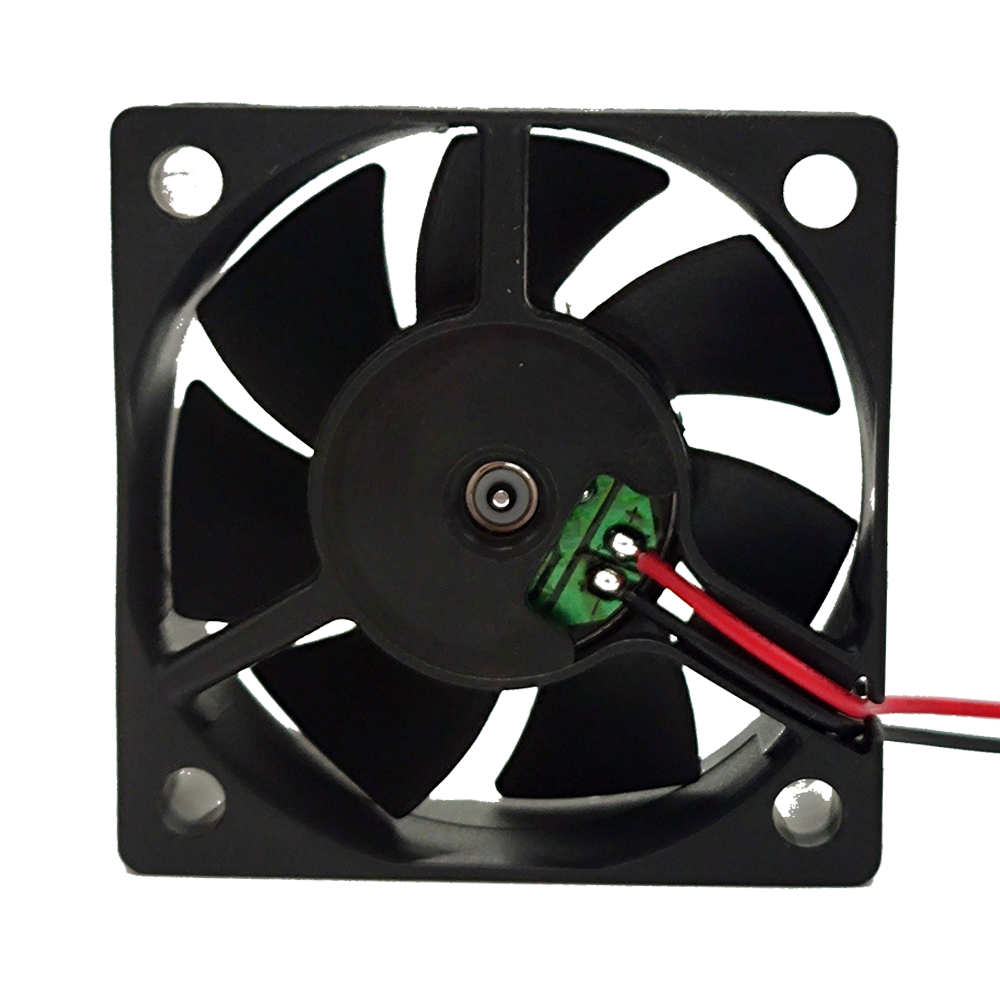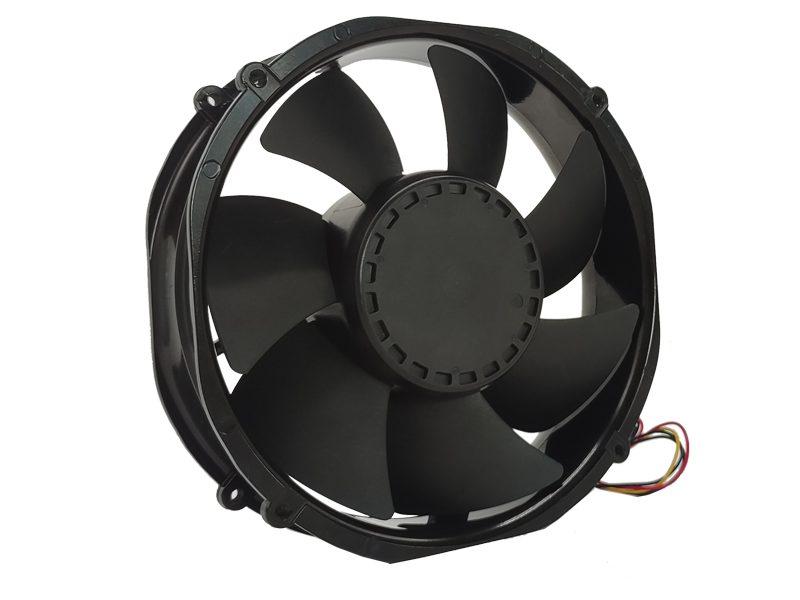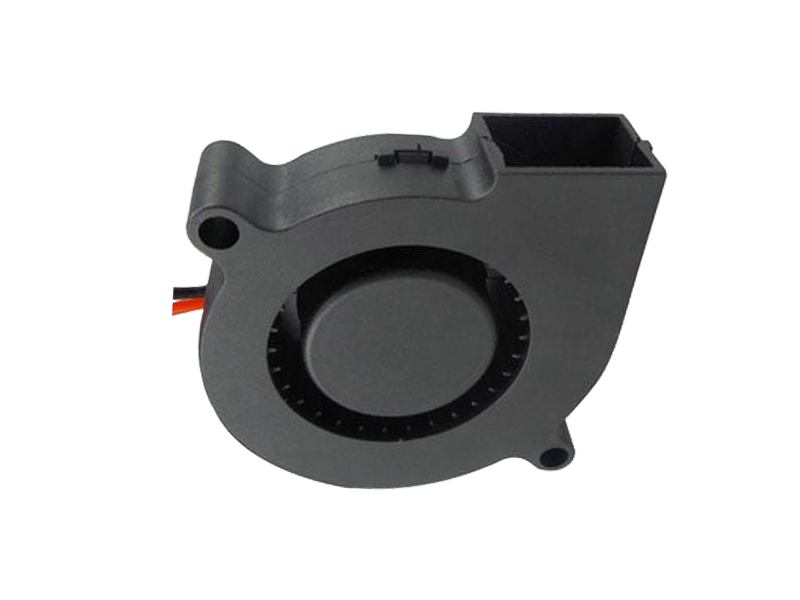Introduction
Industrial fans, once perceived as mere mechanical devices for air movement, have evolved into high-precision instruments driven by aerodynamic innovation and intelligent technologies. From manufacturing plants to logistics warehouses, the demand for energy-efficient, low-noise, and adaptive cooling solutions is reshaping the product design philosophy of industrial fans. This article delves into the technical evolution of industrial fans, focusing on aerodynamic breakthroughs, intelligent control systems, and the integration of cutting-edge materials.
1. Aerodynamic Design: From Traditional Blades to Computational Fluid Dynamics (CFD) Optimization
Modern industrial fans leverage CFD simulations to refine blade geometry, reducing turbulence and energy waste. For instance, forward-curved blades are now engineered with variable pitch angles to balance airflow and static pressure, while backward-curved blades are optimized for high-efficiency applications like HVAC systems. A notable innovation is the biomimetic blade design, inspired by the serrated edges of owl wings, which cuts noise by 3–5 dB(A) without compromising airflow.
2. Motor Technology: The Rise of Permanent Magnet Synchronous Motors (PMSM)
Traditional induction motors are being replaced by PMSM technology, which offers 20–30% higher energy efficiency and precise speed control. For example, EC (Electronically Commutated) fans integrate PMSM with built-in drivers, enabling soft starts, variable frequency drives (VFDs), and real-time torque adjustment. This reduces peak energy consumption by up to 40% in applications like data center cooling.

3. IoT Integration: From Dumb Machines to Predictive Maintenance
Industrial fans now feature embedded sensors (temperature, vibration, current) and IoT connectivity, enabling remote monitoring and predictive maintenance. A case in point is the digital twin technology, where a virtual replica of the fan simulates wear patterns, alerting operators to replace bearings or lubricate components before failures occur. This proactive approach extends fan lifespan by 30% and cuts maintenance costs by 50%.
4. Material Science: Lightweight Composites for Harsh Environments
Advanced materials like carbon fiber-reinforced polymers (CFRP) reduce fan weight by 40% while maintaining structural integrity in high-temperature or corrosive environments. For example, marine-grade fans use CFRP blades with hydrophobic coatings to resist saltwater corrosion, ensuring 10+ years of operation in offshore platforms.
Conclusion
The future of industrial fans lies in the synergy of aerodynamics, motor technology, and digitalization. As manufacturers prioritize sustainability, we will witness fans that not only cool spaces but also act as intelligent nodes in industrial IoT ecosystems, optimizing energy grids and reducing carbon footprints.
Recommended Products

The main purpose:Car charging station

The main purpose:Car charging station

The main purpose:Electronic refrigerators, water dispensers, direct drinking machines, inverter power supplies
Address:No. 4137, Longgang Avenue (Henggang Section), Henggang Community, Henggang Street, Longgang District, Shenzhen
hotline:13530005572(Chen)15112579390(Li)


Welcome all friends to come for consultation and negotiation.
Copyright 2024 @ Shenzhen Youneng Xinyuan Electronics Co., Ltd.,(industrial fans,industrial blowers,axial fans,cooling fans manufacturer,centrifugal fans,ac cooling fans,dc cooling fans)